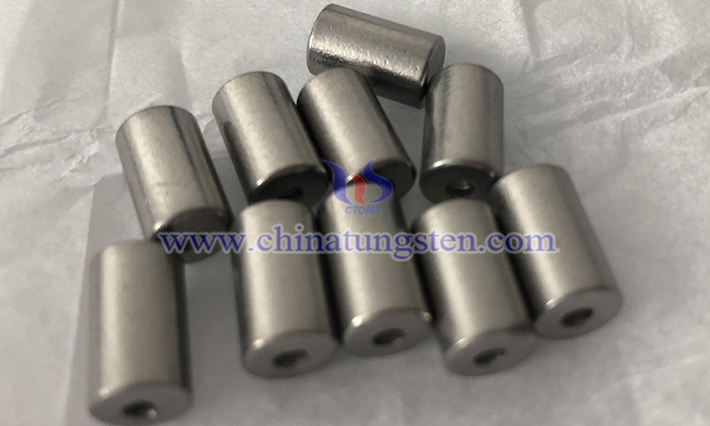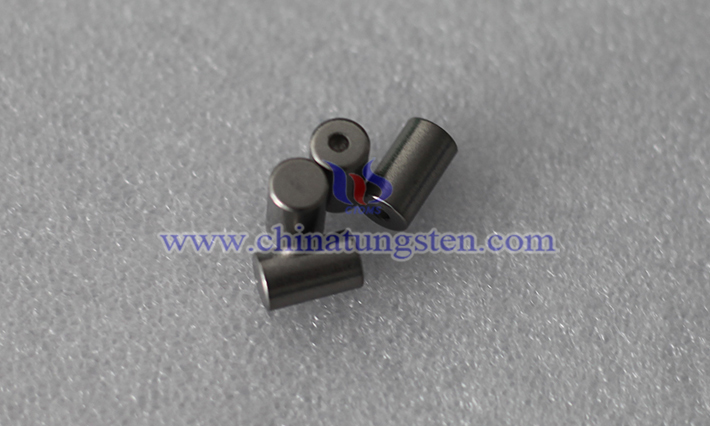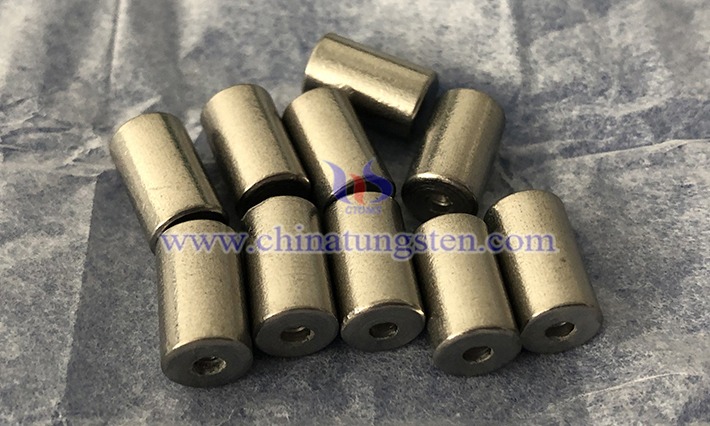Preparation Process of Barium Tungsten Electrode
- Details
- Category: Tungsten Information
- Published on Friday, 11 April 2025 11:49
- Written by Zhenghua
- Hits: 148

The key preparation processes of barium tungsten electrode include porous tungsten matrix, barium impregnation reduction, etc. The following is its main process flow:
I. Preparation of Porous Tungsten Matrix
Core Advantages of Barium Tungsten Electrodes
- Details
- Category: Tungsten Information
- Published on Friday, 11 April 2025 11:44
- Written by Zhenghua
- Hits: 142

As a high-performance electrode material, the core advantages of barium tungsten electrode are reflected in the following four aspects:
Advantages of Barium Tungsten Electrode
- Details
- Category: Tungsten Information
- Published on Friday, 11 April 2025 11:31
- Written by Zhenghua
- Hits: 160

Barium tungsten electrode is a cathode material widely used in electron tubes and gas discharge tubes. It occupies an important position in related fields due to its unique properties.
Disadvantages of Barium Tungsten Electrode
- Details
- Category: Tungsten Information
- Published on Friday, 11 April 2025 11:38
- Written by Zhenghua
- Hits: 153

As a commonly used cathode material, although barium tungsten electrode is widely used in electron tubes and gas discharge tubes, it also has some significant disadvantages. In practical applications, it is necessary to weigh its advantages and disadvantages according to specific needs, and consider technical improvements or alternative materials to make up for these shortcomings.
Working Principle of Barium Tungsten Electrode
- Details
- Category: Tungsten Information
- Published on Thursday, 10 April 2025 20:15
- Written by Zhenghua
- Hits: 166

The barium tungsten electrode is a highly efficient thermionic electron emission cathode. Its working principle is based on the reduction of the work function of the tungsten substrate surface by the active substance of barium, thereby significantly improving the electron emission efficiency. The following is a detailed analysis of its working principle:





 sales@chinatungsten.com
sales@chinatungsten.com